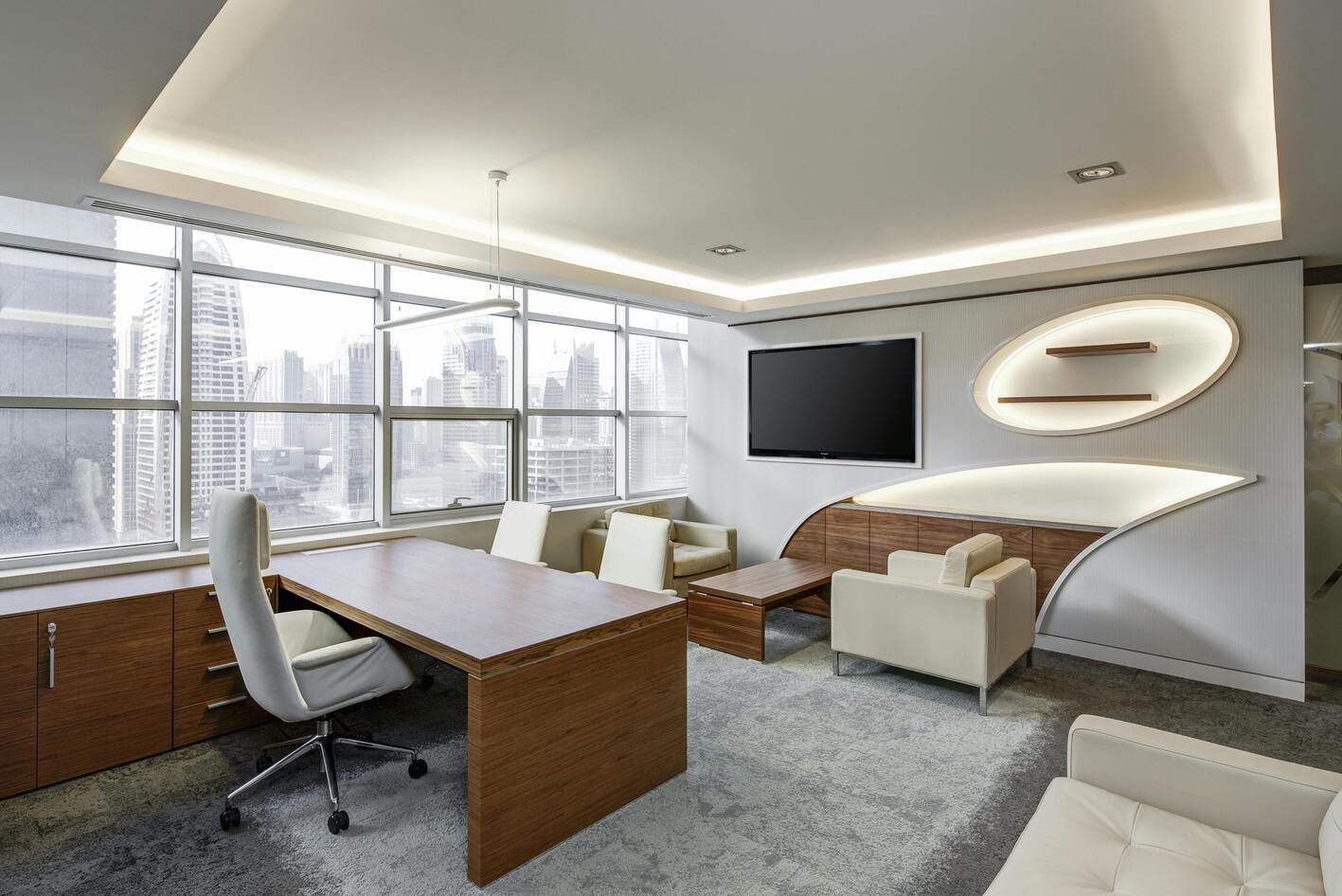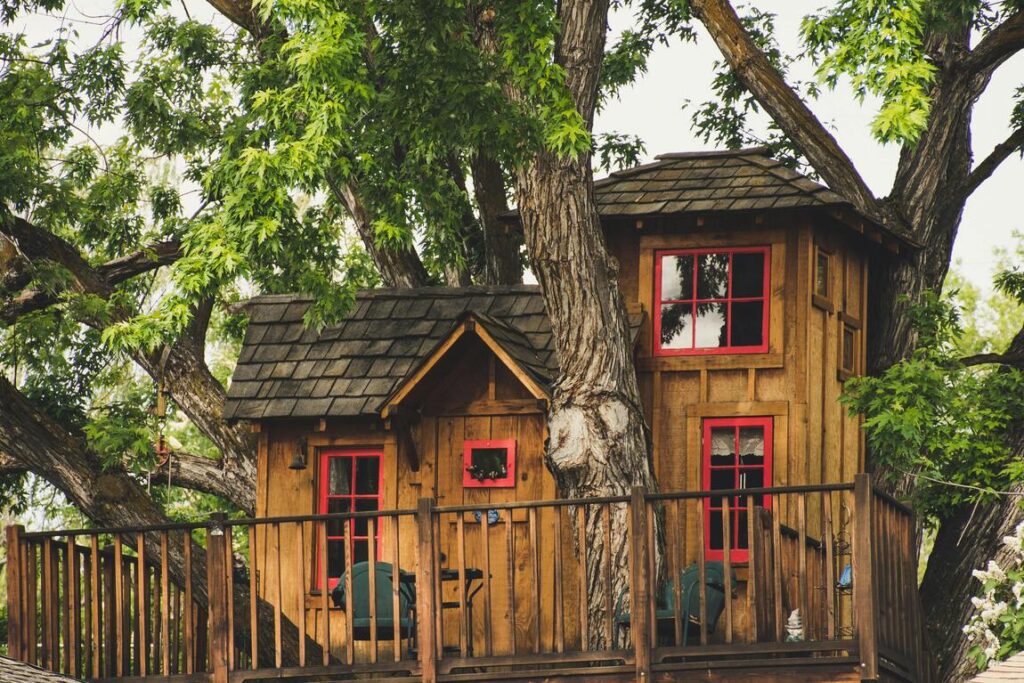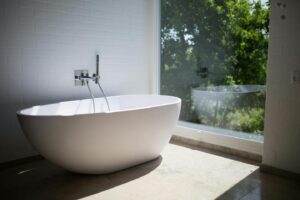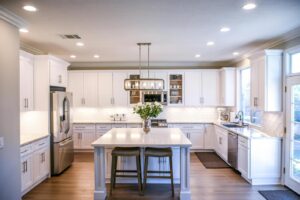Eco-Friendly Design Ideas: Incorporating Nature into Your Home Renovation

In our fast-paced and increasingly urbanized world, the importance of connecting with nature within our living spaces cannot be overstated. As we spend more time indoors, surrounded by artificial lighting and synthetic materials, it’s essential to create environments that promote health, well-being, and a sense of connection to the natural world. Fortunately, there are countless ways to incorporate nature into our homes through eco-friendly design ideas that not only enhance the aesthetic appeal of our living spaces but also contribute to a healthier and more sustainable lifestyle.
One of the most effective ways to bring nature indoors is through the use of green roofs. Green roofs, also known as living roofs, are vegetative systems installed on the roof of a building, consisting of a waterproofing membrane, a drainage system, and a layer of soil or growing medium planted with vegetation. Not only do green roofs provide insulation, reduce stormwater runoff, and extend the lifespan of the roof membrane, but they also offer numerous environmental and health benefits. By creating habitat for birds, insects, and other wildlife, green roofs help support local ecosystems and promote biodiversity. Additionally, the presence of plants helps improve air quality, reduce noise pollution, and lower indoor temperatures, creating a more comfortable and inviting living environment for occupants.

Another popular eco-friendly design idea is the use of living walls, also known as vertical gardens or green walls. Living walls are vertical structures covered in vegetation, either indoors or outdoors, that provide a multitude of benefits, including improved air quality, noise reduction, and thermal insulation. Living walls can be installed using a variety of techniques, from modular systems with pre-planted panels to custom-built structures with integrated irrigation systems. When designing a living wall, consider factors such as lighting conditions, plant selection, and maintenance requirements to ensure its long-term success and viability. In addition to enhancing the visual appeal of your home, living walls can also serve as focal points, dividing walls, or privacy screens, adding both beauty and functionality to your living spaces.
Indoor gardens are another excellent way to incorporate nature into your home renovation projects while promoting health and well-being. Whether you have a spacious sunroom, a cozy corner nook, or a dedicated greenhouse, there are countless opportunities to create indoor gardens that bring the beauty and tranquility of the outdoors inside. From potted plants and herb gardens to terrariums and bonsai trees, indoor gardens come in all shapes and sizes, allowing you to customize your space to suit your preferences and lifestyle. Indoor gardens not only add visual interest and natural beauty to your home but also provide numerous health benefits, including stress reduction, improved air quality, and increased productivity and creativity.
Natural lighting strategies are essential considerations in any eco-friendly home renovation project, as they not only reduce energy consumption but also enhance the overall comfort and well-being of occupants. Maximizing natural light not only reduces the need for artificial lighting but also helps regulate circadian rhythms, improve mood and productivity, and create a sense of openness and spaciousness in your living spaces. When designing your renovation project, consider factors such as window placement, size, and orientation to maximize natural light penetration and minimize glare and heat gain. Additionally, use light-colored, reflective surfaces and materials to help bounce light deeper into your living spaces and create a brighter, more inviting atmosphere.
Incorporating nature into your home renovation projects through eco-friendly design ideas such as green roofs, living walls, indoor gardens, and natural lighting strategies not only enhances the aesthetic appeal of your living spaces but also promotes health, well-being, and environmental sustainability. By embracing biophilic design principles and creating environments that foster a deep connection to the natural world, you can create homes that are not only beautiful and functional but also nurturing and inspiring for yourself and future generations to enjoy.











